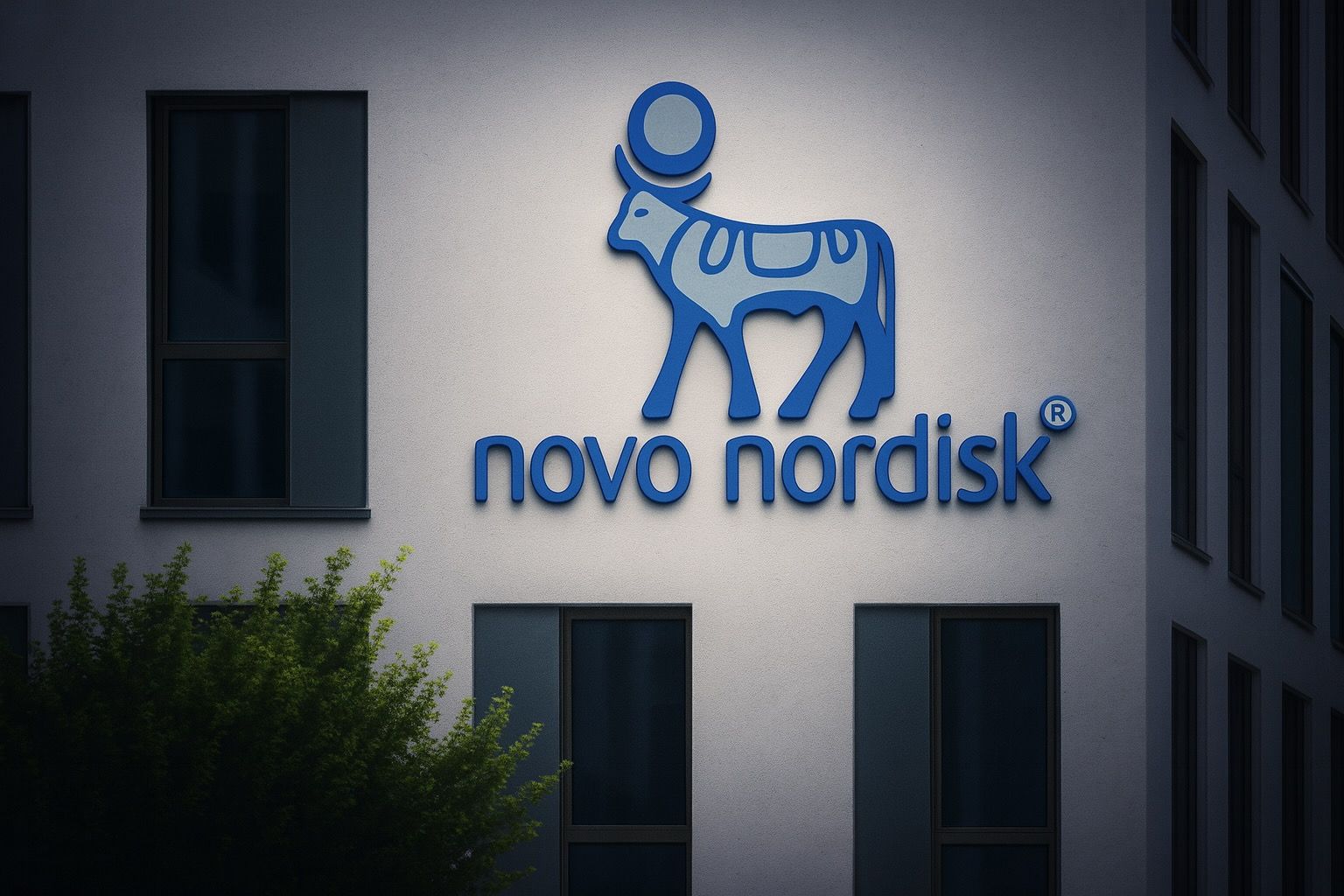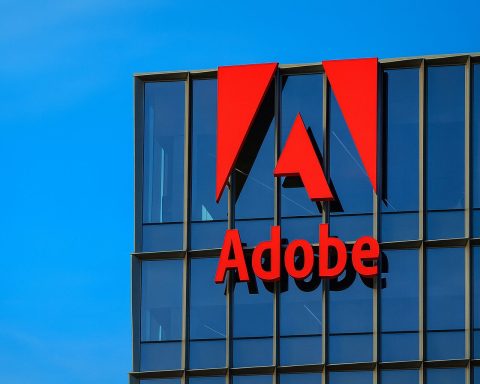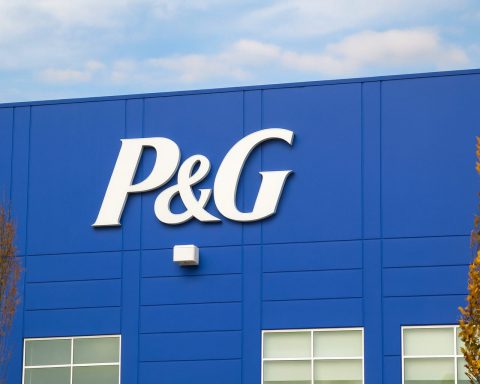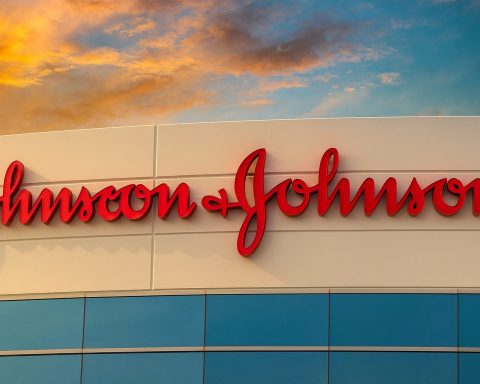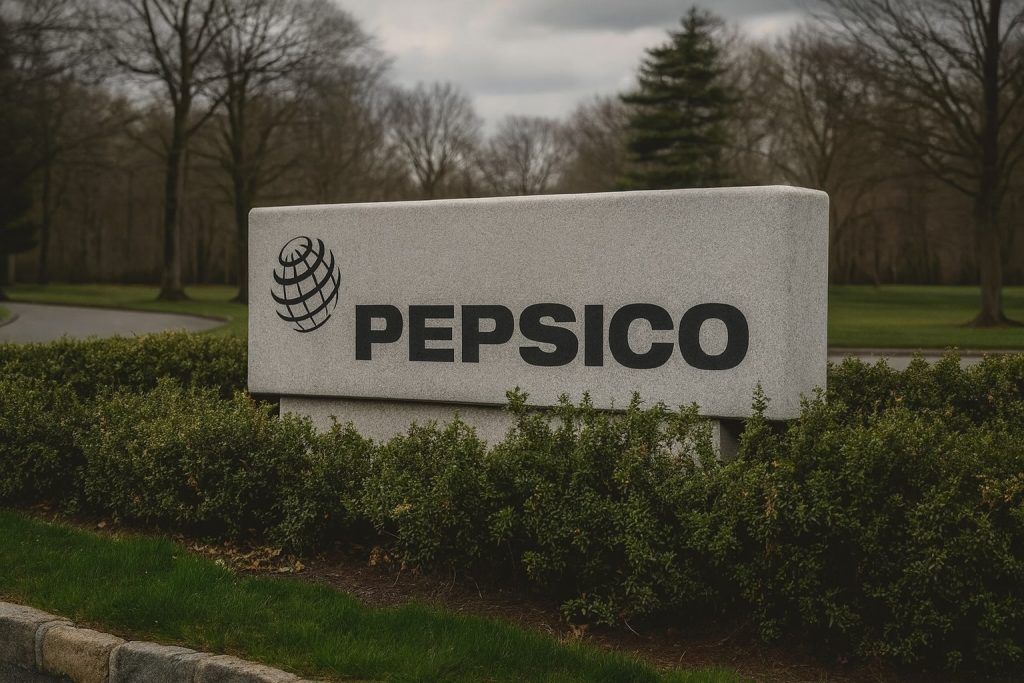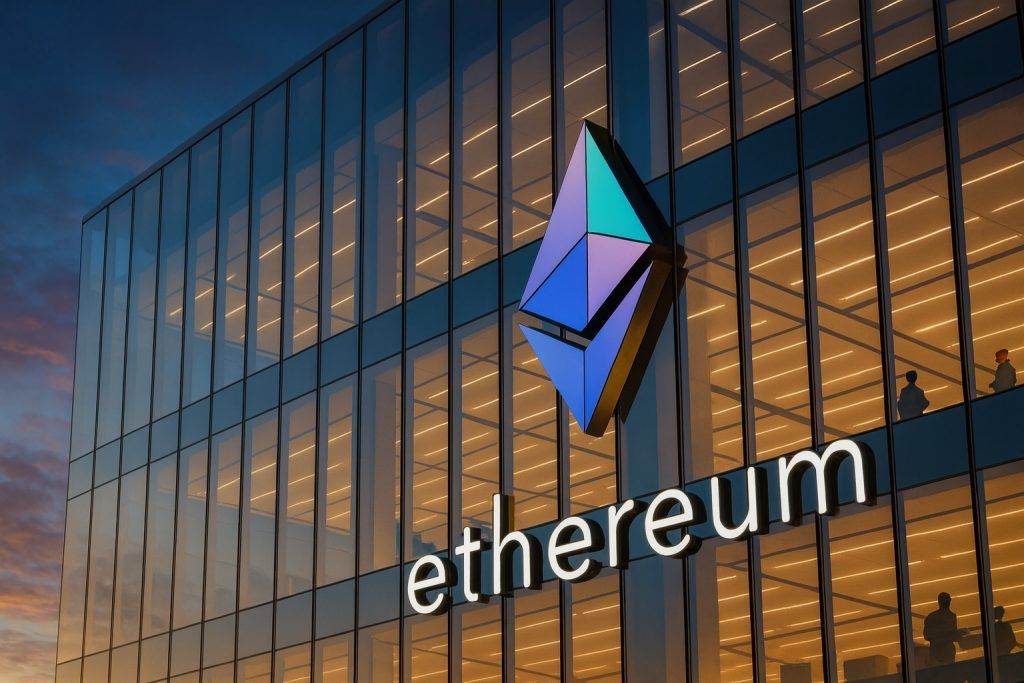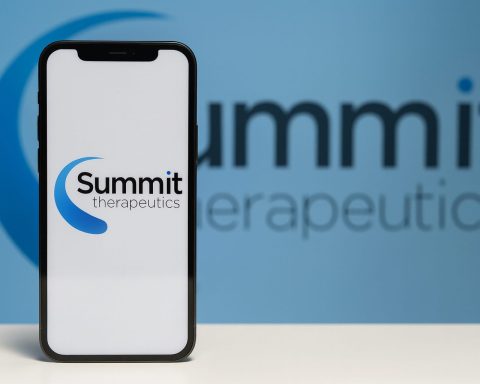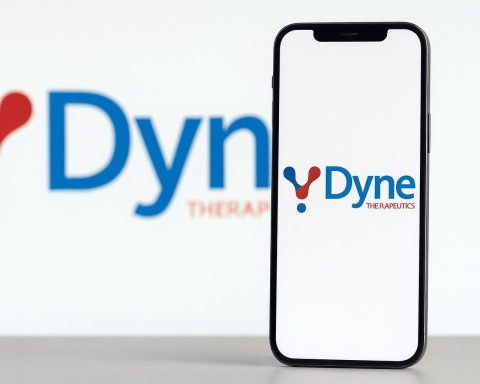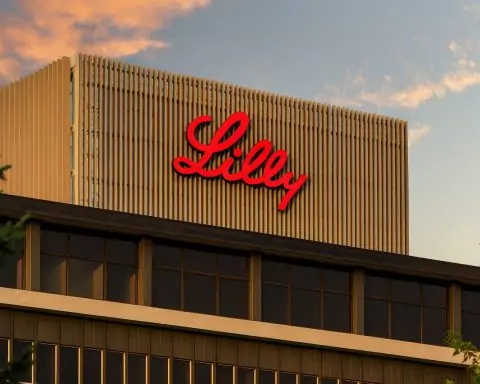- Acquisition Deal: Novo Nordisk is acquiring U.S.-based Akero Therapeutics for up to $5.2 billion. Novo will pay $54 per share in cash (about $4.7 billion upfront – a ~16% premium to Akero’s pre-deal price) plus a possible $6 per share ($500 million) if Akero’s lead drug wins U.S. approval by 2031 [1]. Akero’s stock (NASDAQ: AKRO) jumped ~19% to ~$55 on the news [2], nearing the offer price, while Novo Nordisk (NYSE: NVO) shares were little changed. The deal is expected to close by year-end, boosting Novo’s pipeline in liver disease.
- Targeting Fatty Liver Disease (MASH/NASH): Akero’s focus is metabolic dysfunction-associated steatohepatitis (MASH) – also known as NASH, a serious fatty liver disease linked to obesity. There are no widely approved medications for NASH/MASH until very recently. The condition affects roughly 5% of U.S. adults (around 17 million people) [3] [4] and millions more globally, often progressing “silently” to liver fibrosis (scarring) and cirrhosis. Novo’s own obesity drug Wegovy (semaglutide) just became the first GLP-1 therapy cleared for MASH in August 2025 [5] under an accelerated FDA approval, underscoring the high unmet need. As Novo’s Dr. Jason Brett put it, “There really have not been good treatments in this space… we need better medications that prevent progression of the disease” [6].
- Akero’s Drug – Efruxifermin – Shows Promising Results: Akero’s lead compound efruxifermin (EFX) is a once-weekly FGF21 analog in Phase 3 trials for MASH. It’s demonstrated unprecedented efficacy in mid-stage studies by actually reversing liver fibrosis. In a 96-week Phase 2b trial, 75% of patients on a high dose of EFX saw at least a one-stage improvement in fibrosis (scarring) vs. 24% on placebo [7]. Even among patients with advanced cirrhosis (the hardest-to-treat stage), EFX prompted significant fibrosis regression – something no other therapy has shown in a trial [8]. “MASH destroys lives silently – and efruxifermin has the potential to change that by reversing liver damage,” said Novo Nordisk CEO Mike Doustdar [9]. If approved, he added, EFX could become a “cornerstone therapy, alone or together with Wegovy (semaglutide), to tackle one of the fastest-growing metabolic diseases” [10]. Notably, many NASH patients are obese or diabetic (over 80% of MASH patients are overweight and ~40% have type-2 diabetes) [11]. This makes EFX a natural fit to combine with Novo’s existing diabetes and weight-loss drugs. In fact, early studies hint at synergy: adding EFX to a GLP-1 (like semaglutide/Ozempic) drove a 65% drop in liver fat in 12 weeks, compared to just a 10% drop with the GLP-1 alone [12]. An astounding 88% of patients on the combo achieved “normal” liver fat levels, versus 0% on GLP-1 alone [13] – a dramatic improvement in a key driver of NASH. These data bolster hopes that combo therapy (weight loss + FGF21) could deliver deeper, disease-modifying benefits.
- Strategic Rationale – Obesity Meets Liver Disease: Novo Nordisk is riding high on its blockbuster obesity and diabetes drugs (Wegovy, Ozempic, etc.), and sees fatty liver disease as a natural extension of its metabolic focus. “With more than 40% of MASH patients also having type 2 diabetes, and over 80%… being overweight or living with obesity, MASH is closely linked with Novo Nordisk’s expertise in diabetes and obesity,” the company noted [14]. Novo’s new CEO, Mike Doustdar, has been refocusing the company on its core strengths – even announcing 9,000 job cuts in September to streamline operations. He emphasized Novo will keep a “tight focus” on next-generation obesity and diabetes drugs that can treat related cardiometabolic conditions like MASH, “rather than expanding into other disease areas.” [15] The Akero buyout directly aligns with that game plan: it gives Novo a potentially best-in-class NASH therapy that complements its weight-loss franchise. Analysts note the logic of pairing weight loss treatments (to reduce liver fat) with anti-fibrotic drugs like EFX (to repair liver damage). “Efruxifermin complements Novo Nordisk’s leading portfolio… within MASH, there remains a huge medical need for effective options, especially in later stages,” said Martin Lange, Novo’s R&D chief [16]. In short, Novo aims to dominate the fatty liver space by attacking the disease on multiple fronts.
- Competitive Landscape: Novo’s move ups the ante in a high-stakes race to conquer NASH. Rival Eli Lilly has its own obesity drug (Mounjaro/tirzepatide) and has shown encouraging NASH results in trials [17]. Other biotechs are chasing similar approaches – for example, 89bio is racing Akero with a competing FGF21 analog (pegozafermin) [18], and Madrigal Pharmaceuticals has a thyroid hormone-based drug (resmetirom) targeting NASH (though its approval path has been challenging). No company has yet delivered a definitive cure, so pharma giants are eager to snap up promising candidates. Novo itself struck a $2.2 billion deal in May for Septerna (focused on metabolic GPCR targets) [19], signaling its determination to expand in metabolic diseases. Analysts say Akero’s EFX stands out: one even called its fibrosis benefit “the most” seen in any NASH trial so far [20]. The market opportunity is enormous – NASH is often cited as the next multibillion-dollar pharma market due to the sheer number of patients and lack of treatments [21]. Jefferies analysts estimate EFX could achieve $2–3 billion in annual peak sales if it succeeds [22], which would handily justify Novo’s ~$5 billion investment. Novo also gains a presence in the U.S. biotech hub (Akero is based in South San Francisco) and valuable clinical expertise in liver disease.
- Outlook and Challenges: The deal underscores Novo Nordisk’s evolution from a diabetes-centric firm into a broader “metabolic disease” leader. If all goes well, efruxifermin could become the first therapy to reverse liver damage in NASH, not just slow it – a true game-changer for patients who otherwise might progress to cirrhosis or need liver transplants. However, there are hurdles ahead. Ongoing Phase 3 trials (the SYNCHRONY program) must confirm EFX’s benefits in larger populations before regulators approve it. Novo is betting big that the Phase 2 success will translate into Phase 3 and ultimately FDA approval (the target indication is MASH with fibrosis, F2-F4 stages). Safety and tolerability will be watched closely, since past NASH drugs have hit setbacks. Akero’s trials so far showed a generally mild side-effect profile (mostly GI symptoms similar to GLP-1 drugs) [23], but longer-term data are needed. Integration of Akero’s team and pipeline will also take time, and Novo will be absorbing ongoing R&D costs. From a financial perspective, Novo Nordisk has deep pockets (boosted by record obesity drug profits) – yet spending up to $5.2B for a single clinical-stage asset is still a significant wager. The payoff could be huge if EFX becomes a foundational therapy for fatty liver disease, especially used alongside Novo’s existing drugs. It could also defend Novo’s turf as competitors like Lilly encroach on its metabolic dominance. As Bloomberg noted, Novo is “expanding its portfolio in a liver disease linked to obesity” with this acquisition [24], effectively doubling down on the obesity–NASH connection.
Forecast: Experts believe that within the next 2–3 years, we’ll know if Novo’s gamble pays off. Phase 3 readouts for efruxifermin are anticipated in 2026, and Novo hopes to launch the drug by late this decade if approved [25]. By then, the landscape may include other new NASH therapies (possibly Lilly’s or Madrigal’s), but Novo’s combination strategy could set it apart. Wolfe Research analyst Andy Chen recently said the field has reached a “meaningful tipping point” as the first therapies emerge, predicting the leading NASH drug could see $5 billion+ in annual sales under broad use [26]. Novo’s own management clearly shares that optimism – they characterize EFX as a potential “first- and best-in-class” treatment for mid-to-late-stage fatty liver disease [27]. In the near term, investors seem cautiously optimistic: Novo’s stock has soared in 2025 thanks to obesity drug success, and adding Akero is seen as a bold but logical extension of that success into fatty liver disease. “This acquisition embodies Novo Nordisk’s relentless ambition to move faster, go further,” CEO Doustdar proclaimed [28]. If efruxifermin fulfills its promise, Novo could not only help millions of patients with a previously untreatable condition, but also secure a new multi-billion dollar franchise – solidifying its position as a powerhouse in metabolic and liver health. All eyes will be on the upcoming trial results to see whether this $5.2 billion bet truly transforms the future of NASH treatment, or whether challenges still lie ahead on the road to a cure.
Sources: Novo Nordisk/GlobeNewswire [29] [30] [31]; Reuters [32] [33] [34] [35]; STAT News [36] [37] [38]; FierceBiotech [39] [40]; Bloomberg [41].
References
1. www.reuters.com, 2. www.reuters.com, 3. ts2.tech, 4. www.reuters.com, 5. ts2.tech, 6. ts2.tech, 7. www.reuters.com, 8. www.biospace.com, 9. www.biospace.com, 10. www.biospace.com, 11. www.biospace.com, 12. www.fiercebiotech.com, 13. www.fiercebiotech.com, 14. www.biospace.com, 15. www.reuters.com, 16. www.biospace.com, 17. ts2.tech, 18. www.fiercebiotech.com, 19. ts2.tech, 20. www.reuters.com, 21. www.reuters.com, 22. www.reuters.com, 23. www.fiercebiotech.com, 24. www.bloomberg.com, 25. www.reuters.com, 26. www.investing.com, 27. www.biospace.com, 28. www.biospace.com, 29. www.biospace.com, 30. www.biospace.com, 31. www.biospace.com, 32. www.reuters.com, 33. www.reuters.com, 34. www.reuters.com, 35. www.reuters.com, 36. ts2.tech, 37. ts2.tech, 38. ts2.tech, 39. www.fiercebiotech.com, 40. www.fiercebiotech.com, 41. www.bloomberg.com
